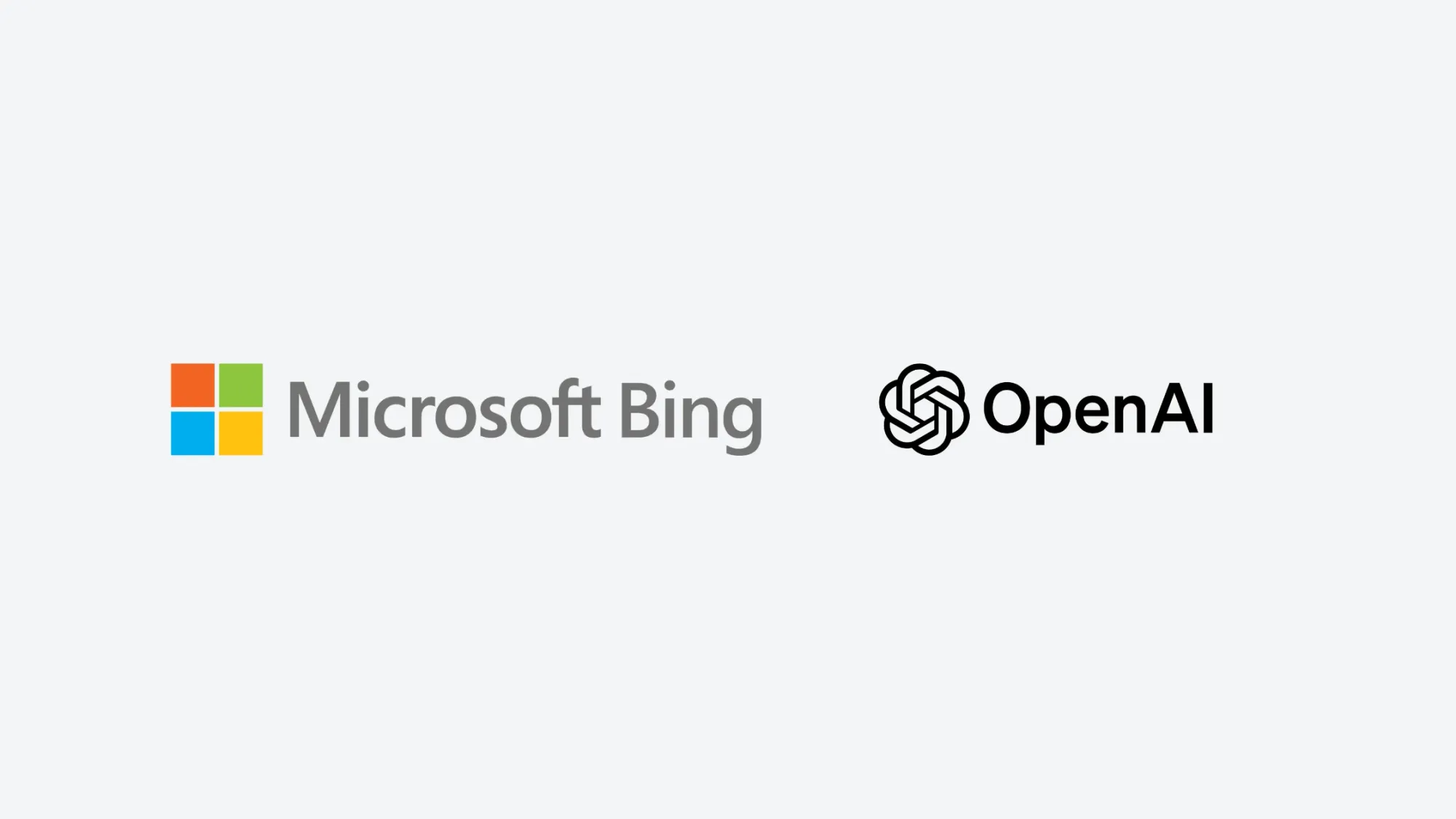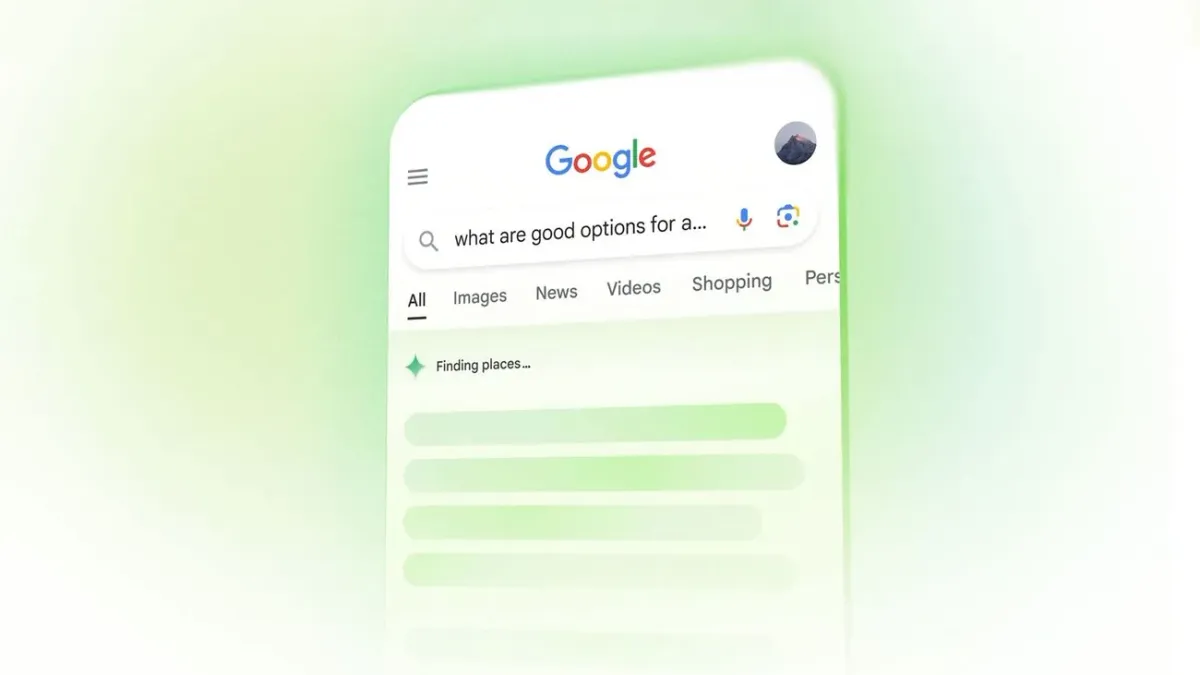How Bing’s new search model can help you reach more users
Think Bing is just Google’s sidekick? Not anymore. Marketers, its new AI models and ChatGPT integration might be your next big win.

Microsoft’s Bing has implemented a significant update to its search technology, combining Large Language Models (LLMs) and Small Language Models (SLMs). These advanced AI systems are designed to make search results faster, more accurate, and efficient. A key part of this update is “deep search,” which uses SLMs in real time to improve the relevance and quality of web results.
The new search models and optimizations, announced in December 2024, are already live, offering marketers an immediate opportunity to expand visibility and connect with audiences beyond Google’s ecosystem.
Key highlights of Bing’s update
- AI models explained: Bing now uses LLMs and SLMs. LLMs handle complex questions with high accuracy, while SLMs are smaller, faster models that process straightforward queries efficiently.
- Faster searches: The update speeds up query processing by 36%, reducing delays in delivering search results.
- ChatGPT integration: Bing powers Microsoft’s ChatGPT, meaning marketers’ content can now appear in conversational search results.
- Reach new audiences: Bing’s audience often includes professionals and users of Microsoft’s tools, offering a different demographic than Google.
- Cost and efficiency improvements: Bing has reduced the cost of running its AI models, making it more scalable for future updates.
For years, marketers have prioritized Google due to its dominance, with over 91% of global search engine traffic. However, Bing has carved out a steady user base of around 3–4%, with its influence growing through integrations like ChatGPT and Microsoft’s ecosystem.

Bing reaches a professional audience that relies on tools like Windows, Edge, and Office. For businesses targeting decision-makers or niche demographics, this audience represents an untapped market.
Relying solely on Google also poses risks, such as algorithm updates that can drastically impact traffic. Diversifying to include Bing ensures a broader presence and resilience in your strategy.
What it means for marketers
Bing’s transition to LLMs and SLMs signals an upgrade in how it processes and delivers search results. Here’s what these models mean in simpler terms:
- LLMs (Large Language Models): Think of these as AI systems that analyze complex queries. If a user asks, “What’s the best way to improve B2B marketing for small businesses?” LLMs break it down to understand the intent behind the question and return accurate, contextual results.
- SLMs (Small Language Models): These models handle simpler or more direct queries, like “Top B2B marketing tips.” They work faster and cost less, which helps Bing scale up performance.
By combining these models, Bing delivers both speed and precision. For marketers, this means the potential for better visibility on detailed searches and long-tail keywords.
Both Bing and Google prioritize content that directly answers user queries. Creating content that is clear, useful, and structured improves your chances of ranking higher on both platforms, making your efforts efficient and effective.
How to adapt your strategy for Bing
Content for ChatGPT and conversational search
Bing powers ChatGPT’s search, meaning that your content can appear in conversational-style answers. Write in a way that answers direct questions clearly and succinctly. Think of FAQs, how-to guides, and headers that mimic real questions users might type.
Focus on niche and long-tail keywords
Bing’s updated models are better at interpreting long-tail keywords. These are longer, more specific phrases like “affordable CRM tools for startups.” Focusing on these phrases can help you rank higher for niche audiences.
Reach professional users with targeted content
Bing’s user base often includes professionals, educators, and decision-makers who rely on Microsoft products. Develop content that speaks to these users’ needs, such as solutions for workplace challenges or business growth tips.
Ensure your site uses structured data
Bing favors websites that organize content clearly. Use schema markup to highlight key details, such as product descriptions, reviews, or event information. This helps Bing display your site prominently in search results.
Optimize for rich media
Bing’s search results often include visuals like videos, images, and infographics. Make sure your multimedia is optimized with proper titles, alt text, and descriptions to improve your ranking.
Diversification matters, but why go to a smaller market with such effort?
Adding Bing to your SEO strategy not only diversifies traffic sources but also provides access to AI-driven search opportunities like ChatGPT. Bing’s advanced models allow your content to appear in new contexts, reaching audiences beyond Google’s ecosystem.
Its AI-powered models enhance search speed and precision, helping marketers expand their reach through structured content, conversational search, and multimedia optimization. This strategic addition strengthens visibility while connecting with a broader, often untapped audience.
This isn’t about replacing Google—it’s about adding Bing to your strategy to ensure broader reach and stability in your marketing efforts.

FAQs and recap
What is the new version of Bing?
The latest version of Bing integrates advanced AI technologies, including Large Language Models (LLMs) and Small Language Models (SLMs), to enhance search speed and accuracy.
Is Bing AI GPT-4?
Yes, Bing utilizes a customized version of OpenAI's GPT-4 model to power its AI-driven search capabilities.
What is happening with Bing today?
Bing continues to evolve by incorporating AI advancements, such as generative search experiences and deeper integration with tools like ChatGPT, to provide more comprehensive and conversational search results.
Why has Bing replaced Chrome?
Bing has not replaced Chrome; rather, it has been integrated into Microsoft's Edge browser and other platforms to offer enhanced search experiences. Users can still choose their preferred search engines and browsers.




